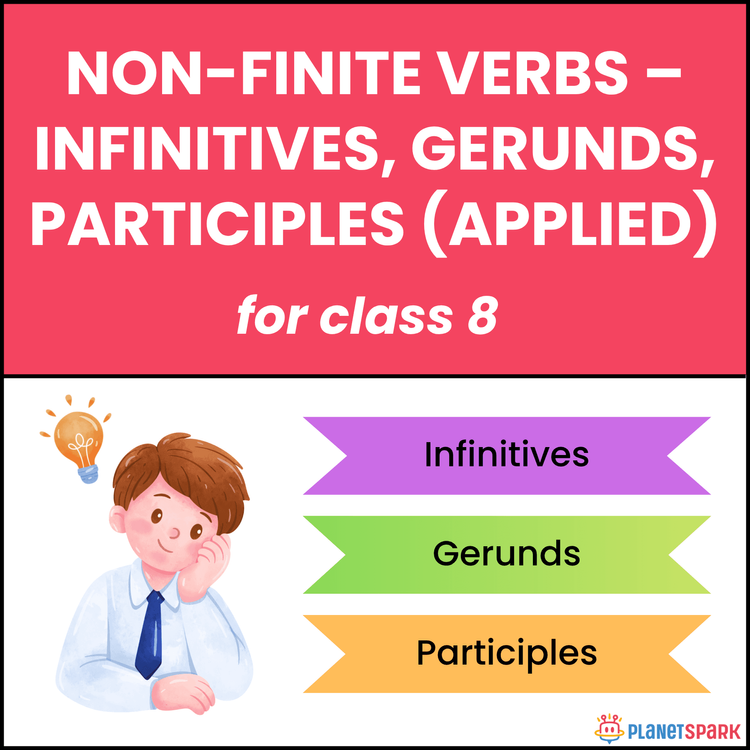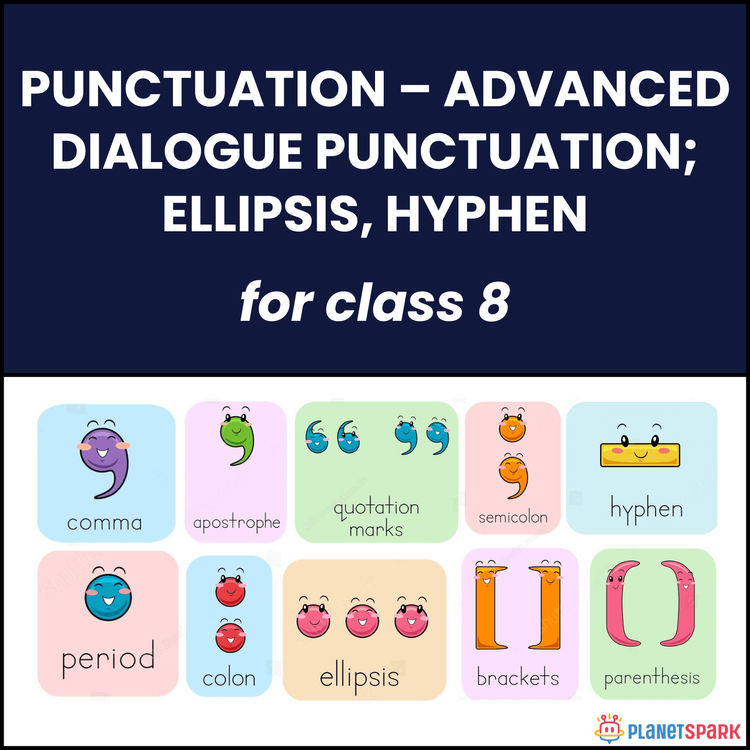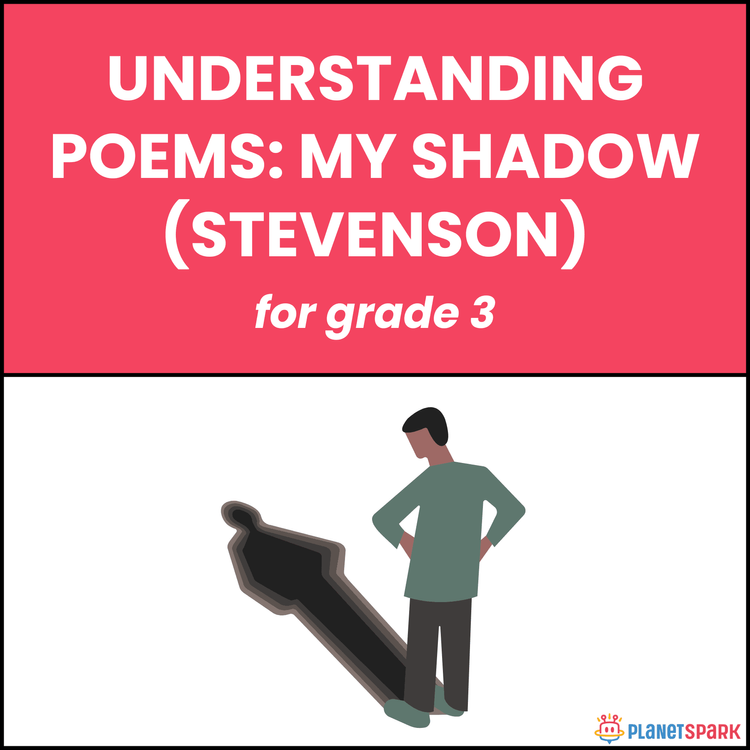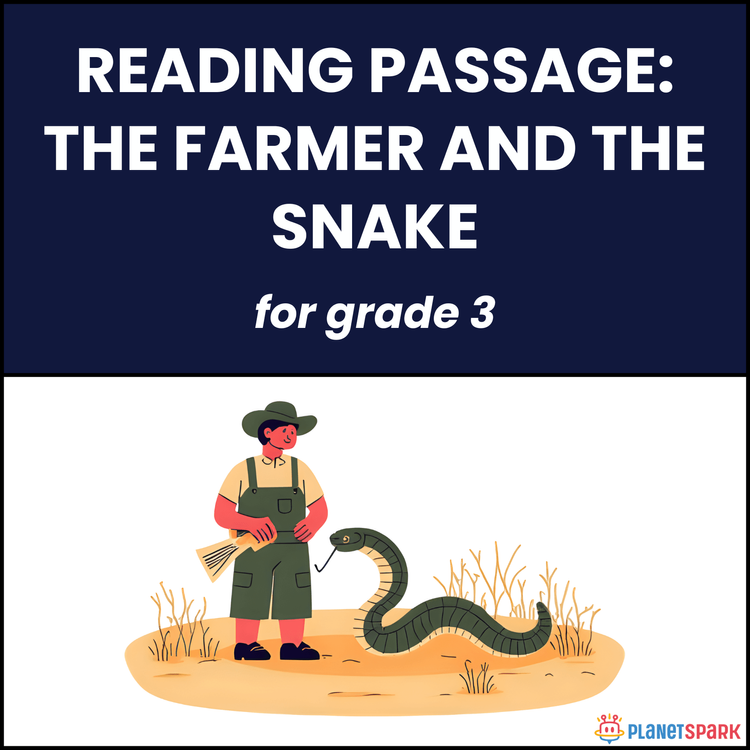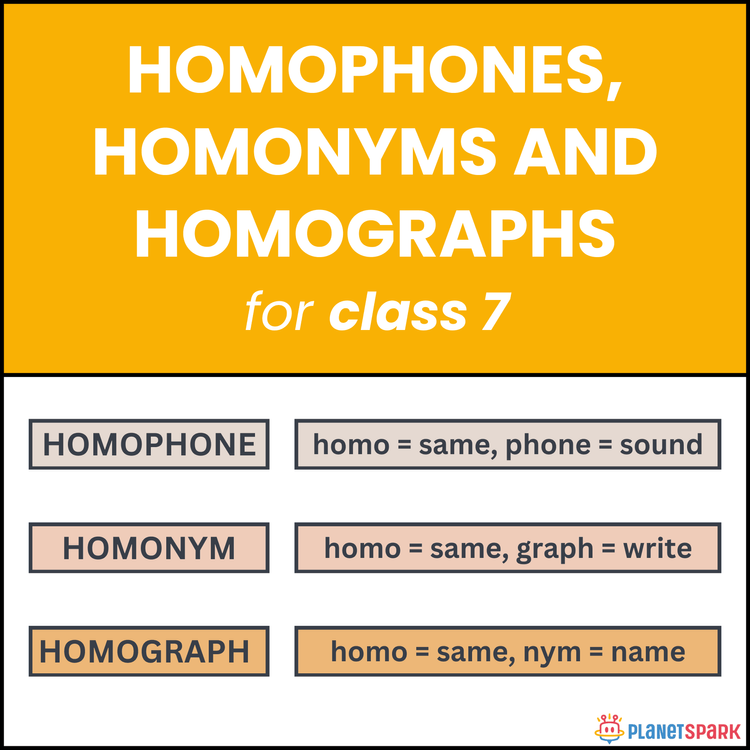Class 8 Transformation of Sentences Worksheet
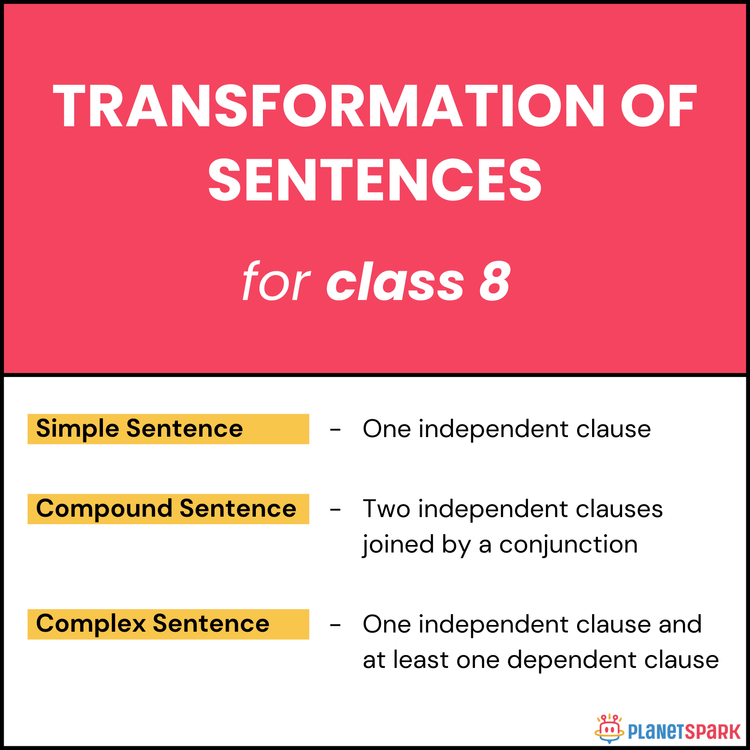

Class 8 Transformation of Sentences Worksheet
Switch & Shape: Transformation of Sentences for Class 8
This Class 8 worksheet equips learners with the ability to transform sentences between simple, compound, and complex forms. With exercises like multiple choice, rearranging, rewriting, matching, and picture description, students practice grammar flexibility and learn to express the same idea in different sentence structures without changing its meaning.
Why Transformation of Sentences Matters in Grammar?
This worksheet helps learners:
1. Identify simple, compound, and complex sentences accurately.
2. Transform one sentence type into another while preserving meaning.
3. Develop stronger editing and proofreading skills.
4. Build fluency and variety in academic and creative writing.
What’s Inside This Worksheet?
This worksheet includes five focused activities:
Exercise 1 – Identify Sentence Type
Students classify sentences such as *I was late and the party was finished* or *She smiled when she saw me* as simple, compound, or complex.
Exercise 2 – Simple → Complex
Learners expand simple sentences into complex ones, e.g., *He worked hard to win the prize* → *He worked hard so that he might win the prize*.
Exercise 3 – Simple → Compound
Students convert simple sentences into compound ones, e.g., *He must work hard to succeed* → *He must work hard, and then he will succeed*.
Exercise 4 – Complex → Simple
Students condense complex sentences into simple forms, e.g., *She ran so that she could catch the train* → *She ran to catch the train*.
Exercise 5 – Complex → Compound
Learners rewrite complex sentences as compound ones, e.g., *He worked hard so that he might succeed* → *He worked hard, and he succeeded*.
✅ Answer Key (For Parents & Educators)
Exercise 1 – Sentence Type
1. Compound
2. Simple
3. Complex
4. Compound
5. Simple
6. Compound
7. Complex
8. Simple
Exercise 2 – Simple → Complex
1. He worked hard so that he might win the prize.
2. She was so tired that she could not walk.
3. The sun set when the day ended.
4. When she heard the news, she cried.
5. He was so rich that he could buy the car.
6. The boy ran fast so that he might catch the bus.
7. We eat food so that we may live.
8. Although he was ill, he attended school.
9. The teacher punished him because he made noise.
10. She opened the window so that fresh air could come in.
Exercise 3 – Simple → Compound
1. He must work hard, and then he will succeed.
2. She is very poor but honest.
3. The weather was fine, so we went out.
4. He was late, so he was punished.
5. She opened the box, and she found her toy.
6. The boy saw the teacher, and he stood up.
7. He was hungry, so he ate quickly.
8. The soldier fought bravely, and he saved his country.
9. The bell rang, and the students entered the class.
10. He was lazy, so he failed.
Exercise 4 – Complex → Simple
1. She ran to catch the train.
2. He failed due to his carelessness.
3. I know his address.
4. You can catch the bus by running fast.
5. Despite being tired, he finished the work.
6. Seeing me, she smiled.
7. It rained heavily, cancelling the match.
8. The teacher praised the honest boy.
9. We eat food to live.
10. On seeing the dog, he ran away.
Exercise 5 – Complex → Compound
1. He worked hard, and he succeeded.
2. It was raining, so we stayed at home.
3. He was ill, so he did not go to school.
4. She is rich, but she is not proud.
5. You must study hard, or you will fail the exam.
6. She was tired, so she went home.
7. It rained, so the match was postponed.
8. He is old, yet he works very hard.
9. I waited, and then she arrived.
10. I won the prize, so I was happy.
Master sentence transformation skills — a must for flexible and powerful grammar in both writing and speech!
🔖Book a free trial!
Frequently Asked Questions
It develops the ability to adapt ideas into different forms while keeping the message intact.
Changing active to passive, direct to indirect, or combining and splitting sentences.
Consistent exposure to varied examples trains the mind to recognize correct patterns.
